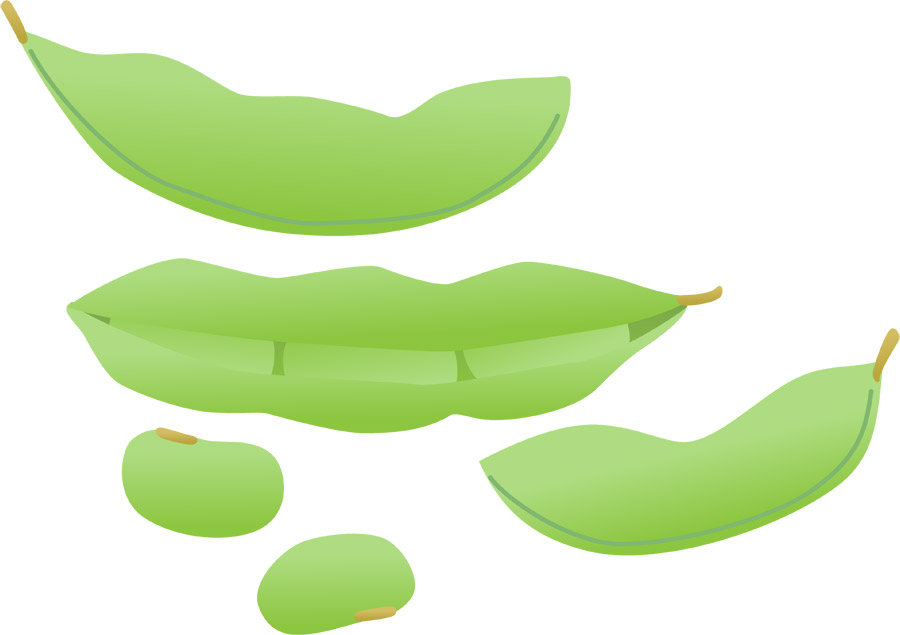Abstract
In recent years, Japan’s bean market has seen a significant reliance on imports, particularly for green beans, which accounted for 3.1% of the total imports in 2022. The price disparity between domestically produced and imported beans is stark, with edamame beans reaching up to 8 million yen for domestic varieties, while imported green beans were priced at a maximum of 198,000 yen. This trend reflects Japan’s challenges in producing beans domestically at scale, pushing the country to increasingly depend on imports to meet consumer demand. Over time, this has led to a continued shift in market dynamics, with imported beans becoming more prominent.
Domestic price of pulses
Japanese domestically produced green beans have experienced a notable price decline since their peak in 2004, when prices reached 13.2 million yen. As of 2022, the price stands at just 46.8% of that peak. This drop reflects broader trends in Japanese agriculture, where rising production costs and competition from imports have pressured domestic prices. Despite this, domestic production of beans remains crucial for local markets, although the price fluctuation suggests challenges in maintaining profitability. The shift toward more affordable imported beans continues to influence the pricing and availability of domestic varieties.


The maximum is 13.2Myen[2004] of Green beans, and the current value is about 46.8%
Import price of pulses
In 2022, snow peas represented the highest total market price among imported vegetables in Japan, with a value of 3.31 million yen. This reflects the growing demand for niche, high-quality vegetables despite their higher import costs. Over time, Japan has increasingly relied on vegetable imports, particularly for varieties that are less widely grown domestically, such as snow peas. The steady price of snow peas highlights the stability in demand, while also showcasing Japan’s reliance on global trade to meet its consumer preferences for diverse and high-quality produce.


The maximum is 3.31Myen[2004] of Snow peas, and the current value is about 5.16%
Import (proportion) value of pulses
From 2004 to 2022, the import proportion of beans in Japan reached its peak at 30.6% for snow peas. However, as of 2022, this figure has decreased by 7.52%, reflecting changing trends in the Japanese agricultural market. The decline in the import share suggests a shift in consumer preferences or improvements in domestic production. Despite this, snow peas remain a significant import, highlighting Japan’s continued reliance on foreign sources to meet demand for specialized vegetables. This trend underscores the balance between local production and international trade in Japan’s vegetable market.


The maximum is 30.6%[2004] of Snow peas, and the current value is about 7.52%



Comments